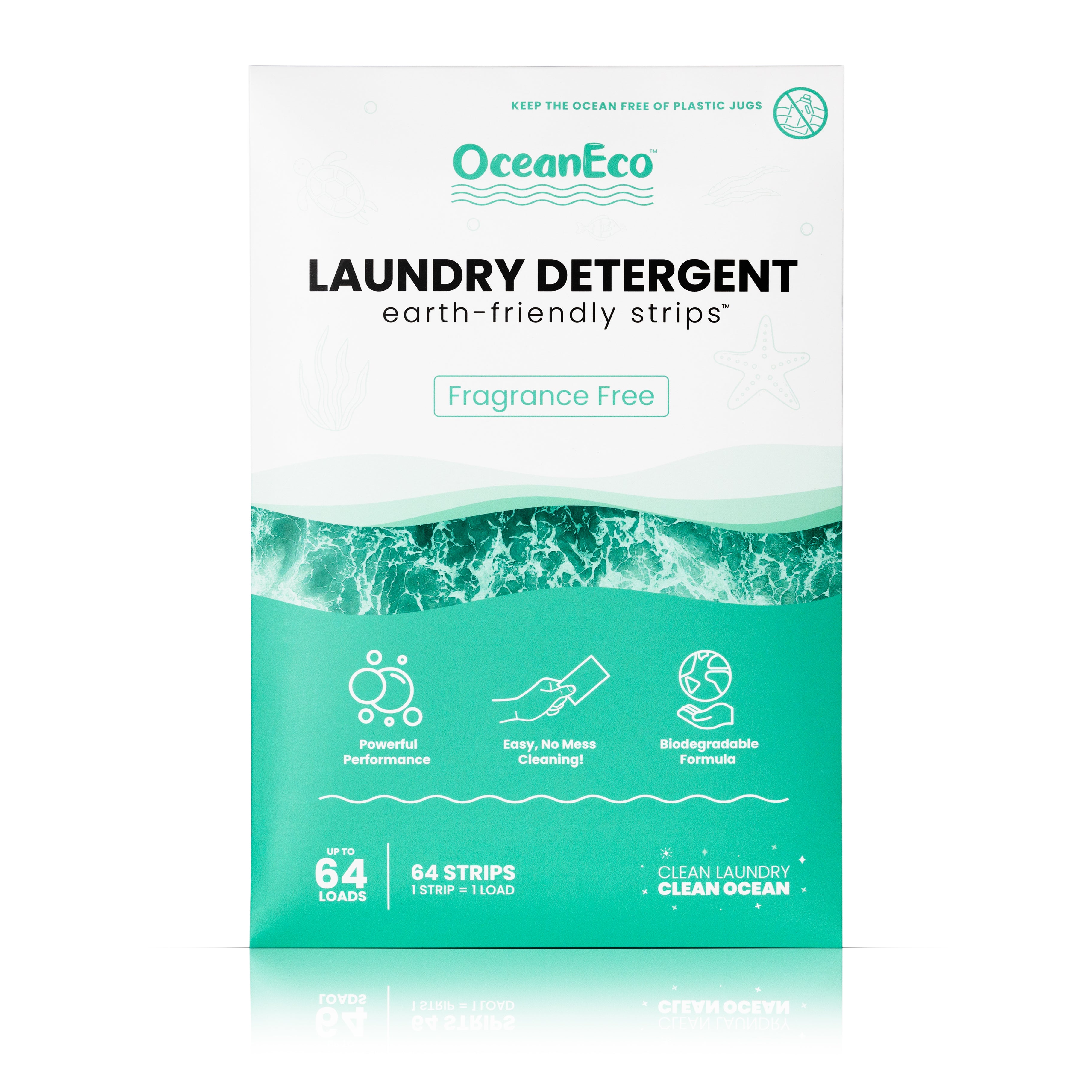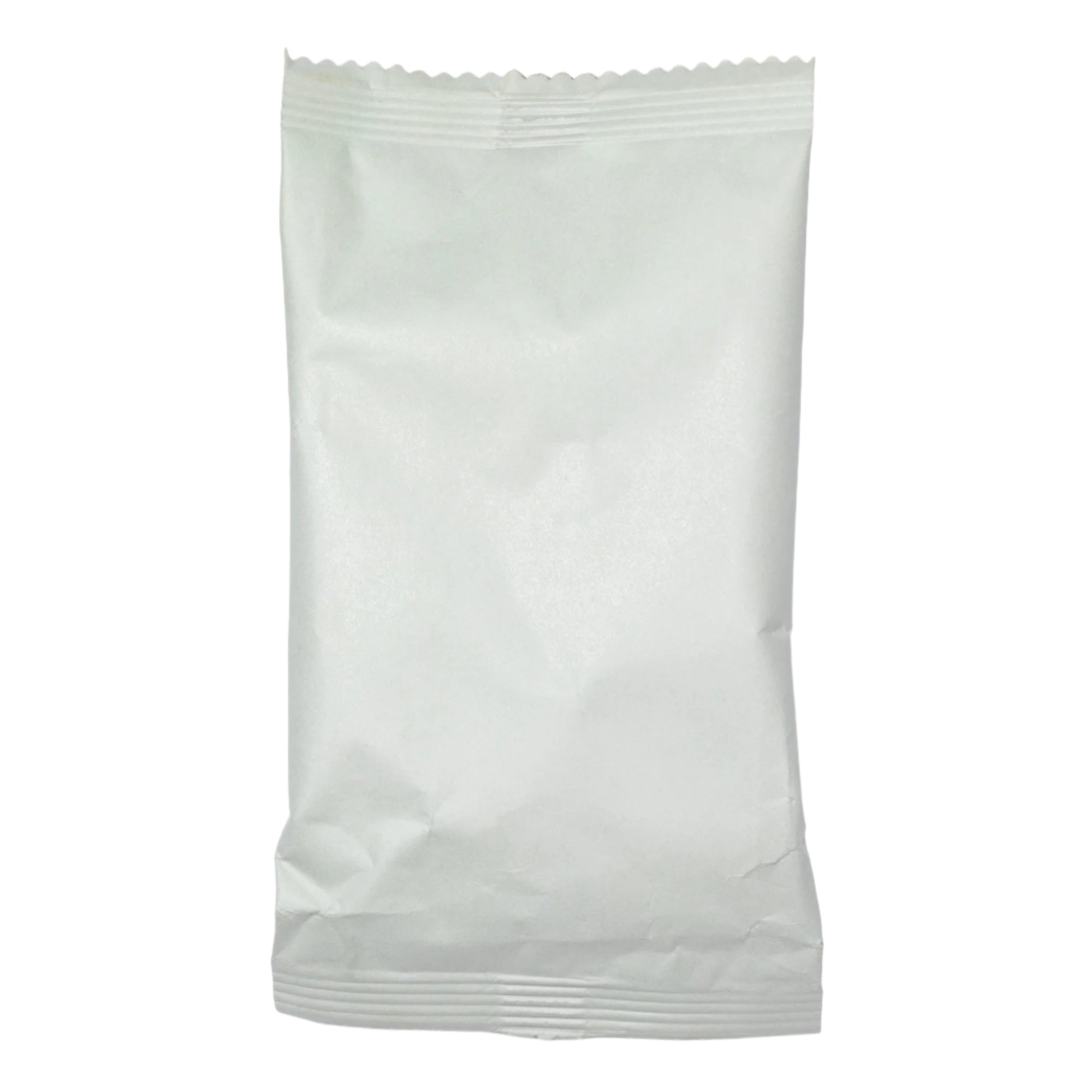Scientists Uncover the Cause Behind the Death of Billions of Sea Stars
Along the Pacific coast, a silent catastrophe has unfolded since 2013. More than 5 billion sea stars, from Alaska to Mexico, have died in what scientists call one of the largest marine wildlife epidemics ever recorded.
Known as sea star wasting disease, it hits fast. Arms twist, lesions open, limbs detach, and within days, the animal disintegrates into nothing but a puddle of tissue.
The most devastating losses came for the sunflower sea star — a massive predator with up to two dozen arms and a span as wide as a hula hoop. Within five years, roughly 90 percent of its population was gone, the Hakai Institute’s Alyssa Gehman, who has spent years tracking the outbreak, told CBS News.
Sea star wasting disease has killed over 5 billion sea stars since 2013.
The Bacterial Culprit Revealed
For years, scientists chased false leads. Early work blamed a densovirus, but later research showed it was a normal presence in healthy sea stars. Other efforts fell short because tissue samples from decomposed stars lacked a key substance — the coelomic fluid that surrounds and protects their internal organs.
The breakthrough came when researchers analyzed that fluid directly. There, they found Vibrio pectenicida, a bacterium also known to infect shellfish, according to the Associated Press. Genetic testing revealed the same bacterial strain in sick sunflower sea stars from British Columbia to Alaska. In the lab, healthy sea stars exposed to the microbe quickly succumbed, while controls remained unharmed.
The bacterium is a close relative of the pathogen behind cholera, researchers told the Washington Post. Its presence — and the team’s ability to culture it outside the animal and then induce disease — gives scientists confidence they have finally identified the true cause.

The outbreak stretched from Alaska to Baja California in Mexico.
Unraveling an Ocean Ecosystem Collapse
The loss of sunflower sea stars has reshaped entire marine ecosystems. Without their primary predator, sea urchin populations exploded. In Northern California, urchins devoured about 95 percent of kelp forests in less than a decade. As The Independent reports, These underwater forests provide critical food and shelter for fish, sea otters, and seals, and act as powerful carbon sinks that protect coastlines.
Gehman said the sunflower sea stars play an important role by eating organic material on the sea floor. Losing them didn’t just thin their ranks — it triggered a chain reaction from the seafloor up.

The disease causes arms to twist, lesions to form, and bodies to disintegrate.
Next Steps for Recovery
Now that the pathogen has been identified, scientists can focus on solutions. Options include testing for natural immunity among remaining populations, captive breeding, relocation to disease-free waters, and even probiotic treatments to strengthen resistance.
Researchers are also examining how climate change may be influencing the outbreak. Vibrio bacteria tend to thrive in warmer waters, raising concerns that rising ocean temperatures could intensify the spread.
Conservationists hope the discovery will help restore sunflower sea stars — and in turn, help kelp forests recover.






























































































































































































































































































































































